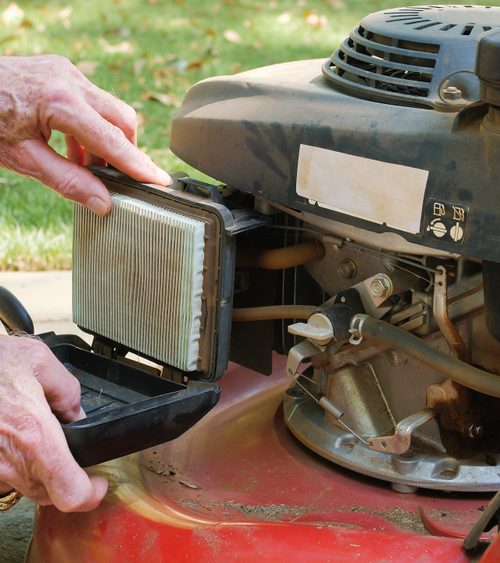By Leah Chester-Davis | BHG.Com
Troy Warren for CNT #homegarden
These tiny, mosquito-like bugs can be a major nuisance. Use these tips to banish them from your home.
Have you been seeing little bugs fluttering up from your houseplants’ potswhenever you water? Known as fungus gnats, they’re actually tiny flies, about 1/8-inch long, that are drawn to moist potting soil and decaying leaves on the surface of the soil around your plants. If you spot one up close, you’ll notice that they look a little like tiny mosquitoes, but they don’t bite. Fungus gnats also don’t cause much harm to plants either, but they can be super annoying to have around. Luckily, there are few things you can do to make your houseplants less welcoming for them in the first place. And if they’ve already moved in, there are a few different methods you can try to get rid of fungus gnats.
Fungus gnats love to lay their eggs in damp potting soil. The eggs become larvae, which feed on fungi in the soil (hence their name). The larvae are around 1/4-inch long with a shiny black head and an elongated, white-ish transparent body. In addition to fungi, they also like organic matter and will sometimes eat plant roots or seedlings. A slime trail that looks like traces of slugs or snails across the top of the soil is another telltale sign there are fungus gnats in your houseplants. These insects also like light, so you may notice them on your windows, especially if houseplants are nearby.
Take action as soon as you spot gnats in your houseplants. While it may be tempting to spray the adult fungus gnats, that’s usually just a short-term fix because more adults will appear from the larvae in the soil. A better approach is to target the larval stage of their life cycle. Because gnats lay their eggs in the moist soil around houseplants, reducing excess moisture is key to getting rid of them. Avoid overwatering your houseplants and make sure they have good drainage. Allow the soil to dry between regular watering, not to the point that your plant begins wilting but enough that the soil isn’t always moist. The eggs and larvae usually die in dry soil. Remember to drain any excess water that accumulates in saucers, too.
If drying out the soil doesn’t seem to help, it might be time to try a product such as BioCare Gnat Stix Traps ($10, Amazon), which are sticky yellow traps. Place one sticky paper near your plants to trap the adults and reduce the number of eggs the fungus gnats lay. Be careful not to touch the plant leaves with the trap. Check them every few days and replace them with a new trap when one becomes covered with gnats. Eventually, you’ll eliminate all the gnats.
Fungus gnats are usually more noticeable in the fall. Some might hitchhike on houseplants when you bring them inside for the winter. Before bringing plants inside, check them to make sure they’re free of insects. When you’re looking to buy new plants, examine them to make sure there are no insect infestations. And always use the fresh potting mix when planting or repotting.
In Other NEWS



































